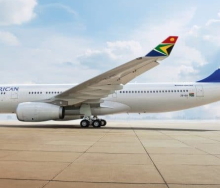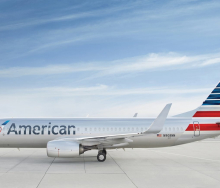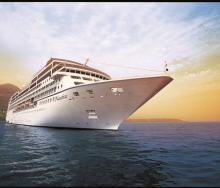A recent study by researchers at the UK’s University of Reading found that clear-air turbulence (CAT) is likely to become more frequent and more severe in the future due to climate change.
Press Reels reports that CAT is a type of turbulence frequently caused by strong wind shears in the upper atmosphere. It poses a significant threat to air travel safety, and is the type of turbulence that pilots are most wary of.
Isabel H Smith, the scientist who published the study under the guidance of Professor Paul Williams, says CAT develops in cloud-free environments and cannot be detected by onboard flight radar equipment, meaning that pilots can encounter it without warning.
“Aircraft flying at their cruising heights (9 144m to 12 182m from the surface) can be struck suddenly from CAT without warning, resulting in damages and injuries," said Smith.
According to the research, for every one-degree-Celsius increase in global near-surface temperature, the frequency of moderate to severe CAT will increase by 14% in the autumn and summer seasons and by 9% in the winter and spring seasons.
The possible impact of CAT includes more flight disruptions, injuries, and even fatalities. Figures from the US Federal Aviation Administration show that a total of 146 serious turbulence injuries occurred between 2009 and 2021. This number is expected to increase over the coming decades according to experts.
According to International Business Times, several incidences of turbulence-related injuries have occurred this year. This includes a Lufthansa flight from Texas to Germany that was forced to land in Virginia on March, after which seven passengers needed to be taken to the hospital. Another flight on March 2 from Germany to Mauritius saw 20 passengers and crew members injured.
According to Smith, a long-term solution for tackling the rise in turbulence injuries would be to research the best way to reduce greenhouse gas emissions, however, the initial fix would include making changes to flight routes.
"In terms of what the aviation industry could do to avoid CAT is use these optimal flight routes and CAT forecasting tools to avoid it as much as possible," says Smith.














